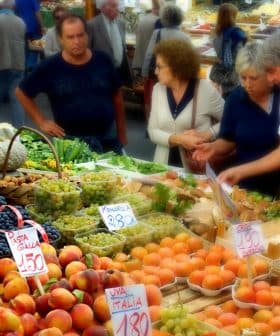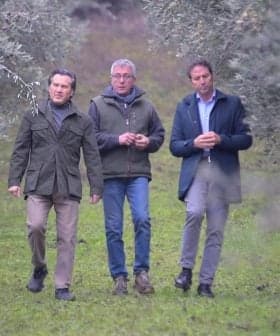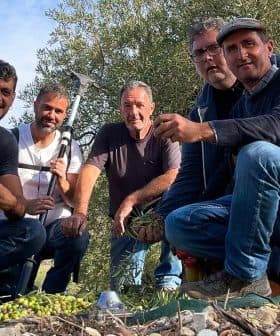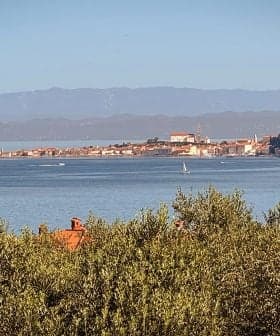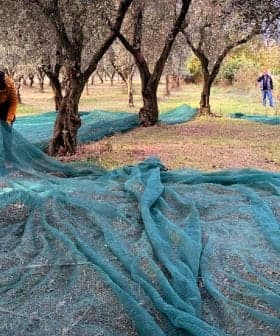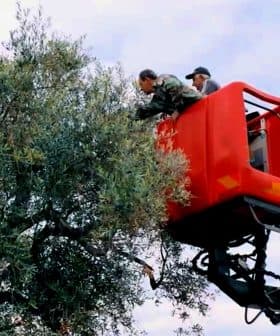Record Yields for Portugal in the 2021/22 Crop Year
Ideal weather and more modern olive groves allowed Portugal to harvest up to 230,000 tons of olive oil. However, experts warn of challenges ahead.
Portugal is expected to produce a record-high 225 million liters of olive oil in the 2021/22 crop year, attributed to favorable agro-meteorological conditions and the use of high-density and super-high-density olive groves. The country has seen significant growth in olive oil production in recent years, becoming self-sufficient in 2014 and now the world’s fourth-largest exporter, with a focus on both traditional and modern groves and a need to address declining consumption trends in major producing countries.
Olive oil production in Portugal is on pace to reach a record-high 225 million liters (230,000 tons) in the 2021/22 crop year, according to the National Institute of Statistics (INE).
INE attributed the bumper harvest to optimal agro-meteorological conditions and the growing role of high-density and super-high-density olive groves.
Average olive oil production in Portugal could reach, in the short-medium term, 200,000 tons per year.
However, figures released by Olivum show slightly lower production. The local olive oil producers and millers association estimate production for the 2021/22 crop year to reach between 180,000 and 200,000 tons.
Either way, this year’s yield will set records. In the previous season, production reached 100,000 tons while 150,000 tons were reported in 2019/20, the previous record-high.
See Also:2021 Harvest News“In the campaign that has just ended, the weather conditions and the near absence of pests undoubtedly contributed to these very positive results in terms of production, which are effectively the best figures ever for the sector,” Gonçalo Almeida Simões, executive director of Olivum, told Olive Oil Times.
Casa do Azeite, the local association for promoting olive oil and olive oil culture, confirmed the current yields represent the largest production total since the country started systematically reporting harvest data in 1915.
According to Mariana Matos, Casa do Azeite’s secretary-general, this could be just the beginning.
“Bearing in mind the strong investment in new and irrigated plantations that Portugal has witnessed in the last years, especially in the Alentejo region, it is estimated that the average olive oil production in Portugal could reach, in the short-medium term, 200,000 tons per year,” Matos told Olive Oil Times.
She added that production could continue to grow “as investments in new plantations continue, although with a slower growth rate than what has been seen so far.”
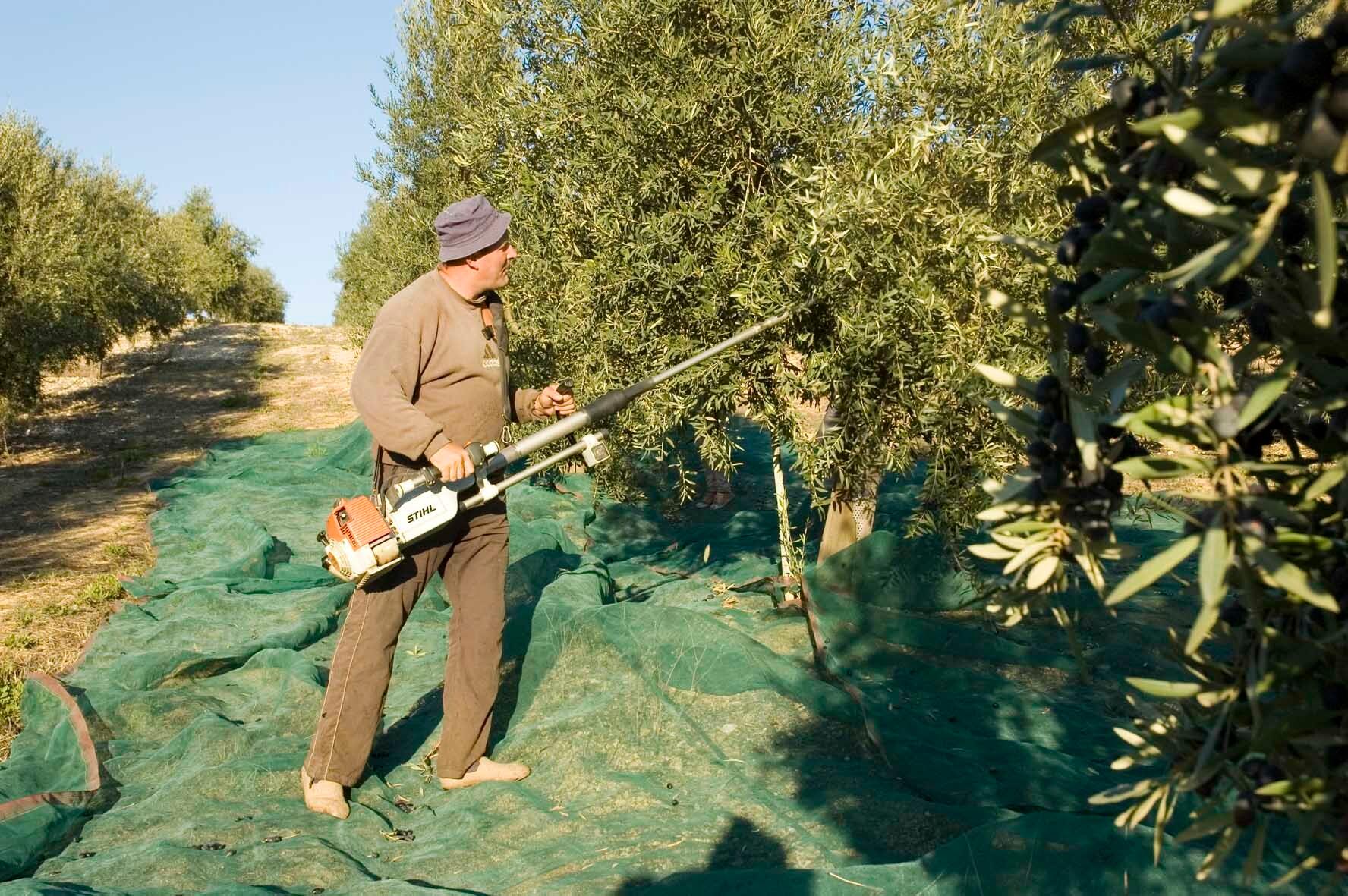
Olive farming has been a relevant part of Portuguese agricultural tradition and culture for centuries. It is believed the first olive trees appeared in the country more than 3,000 years ago.
According to data from Juan Vilar Strategic Consulting, Portugal now has 361,483 hectares of olive groves, three percent of the global olive growing area.
The central-southern Alentejo region is home to the highest number of high-density plantations. Low-density groves are more common in the southern Algarve region or the central-northern Entre Douro-e-Minho region.
Juan Vilar Strategic Consulting’s data show that 64 percent of Portugal is covered in modern olive groves, of which slightly more than 32 percent are high-density and slightly less than 32 percent are super-high-density. Additionally, more than 38 percent of groves are irrigated.
Since the first modern grove was planted in the Santarém region in the last 20 years, heavy investments and public incentives have drastically changed the country’s olive growing sector, which relied on traditional groves.
“Portugal used to be a country with a high deficit in the production of olive oil, having to import a huge amount of olive oil to satisfy its needs,” Matos said. “This whole situation changed in a few years, and Portugal is now a self-sufficient country… and a net exporter.”
“The sector’s trade balance went from being extremely deficient to a positive balance of around €250 million, while the quality of olive oil produced in Portugal increased significantly,” she added.
Portugal became self-sufficient in olive oil production in 2014 and produces 150 percent of its needs, which, according to Olivum, makes Portugal the world’s fourth-largest exporter.
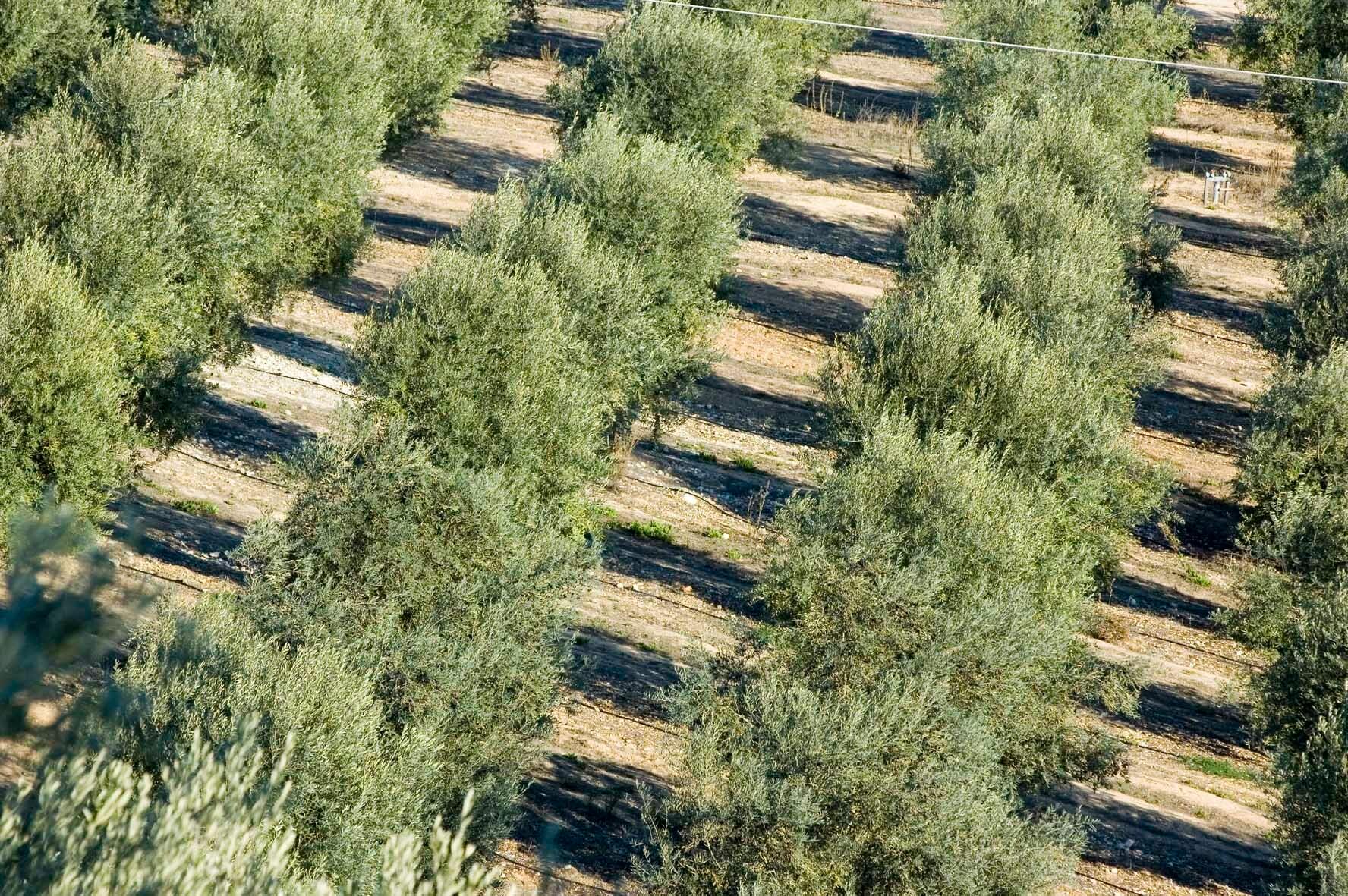
“The increase in terms of area, but also of productivity, is linked to the modern olive grove and, above all, to the large irrigation project in Alqueva,” Almeida Simões said.
“Thus, 60 percent of the Alqueva irrigation perimeter is modern olive groves and the increases in the quantities produced are directly related to the success and productivity of this type of olive grove,” he added. “In 2000, the national average of olive production was 0.5 tons per hectare. Today, some farms in the Alqueva region are producing 20 tons per hectare.”
While a few Portuguese companies are among the largest olive oil producers globally, an increasing number of small producers also are demonstrating the quality of their extra virgin olive oils.
At the 2021 NYIOOC World Olive Oil Competition, 38 Portuguese olive oils were awarded for their excellent quality. Among the winning producers, many grow traditional olive groves.
“They play a very important role in the national scene, as they produce high-quality bottled olive oil,” Almeida Simões said. “Olives are a rainfed crop that is found mainly in the regions of Trás-os-Montes, Beira Alta and Beira Baixa.”
He added that traditional and modern groves have a significant economic impact on Portugal and a social impact on rural inland communities.
“The agri-food sector, namely the olive oil sector, has made it possible to boost the local economy and create jobs in regions that are uninteresting for other sectors of the economy, as they are far from large urban centers,” Almeida Simões said.
Local experts also value traditional olive groves for their role in maintaining biodiversity and protecting genetic diversity.
According to Matos, their genetic profile and the role they play in landscape and ecosystem maintenance is such that “this type of olive grove, which is less profitable by nature, must be specifically supported so that its survival can be guaranteed.”
While production in Portugal continues to rise dramatically, average annual olive oil consumption is estimated at 7.8 liters per person, placing the country behind Italy, Spain and Greece.
Although, Portuguese experts noted how olive oil consumption in major producing countries has dropped in recent years.

“This should be a wake-up call for the entire sector,” Matos said. “There are many myths and a lot of misinformation, and the sector is responsible for promoting olive oils and educating consumers.”
“We need to have more studies on the reason for this drop in consumption in producing countries so that we can design well-targeted marketing campaigns,” she added.
“The International Olive Council is conducting in-depth studies on consumer behavior in several countries, and I believe that the results of these studies will be an essential tool to understand the phenomenon, promote the consumption of olive oil and capture the attention of younger consumers,” Matos continued.
According to Almeida Simões, producing countries should continue to promote their olive oil cultures but should not be limited by this.
“A significant investment has to be made in the consumer markets of non-producing countries that already consume olive oil,” he said, “and, above all, in non-producing countries that do not have a tradition of consuming olive oil, as is the case of Asian countries, where soy dominates the cuisine.”
Among the most relevant challenges the sector faces, experts emphasize the role of climate change and, more specifically, the severe and lasting drought that is affecting the country.
“The negative effects of the severe and extreme meteorological drought can already be observed, which, at the end of January, affected 45 percent of the mainland,” the INE wrote. “This drought scenario, together with the rise in the prices of means of production, has generated uncertainty and growing concern in the sector.”
“This year, the drought is reaching proportions that are already very worrying, and that could reach catastrophic dimensions in the coming weeks,” Almeida Simões added.
“Rainfed crops are suffering, and irrigated crops are applying the minimum so that the plant does not suffer from water stress, which could affect the vegetative cycle not only this year, but in the years to come,” he concluded.
Share this article


